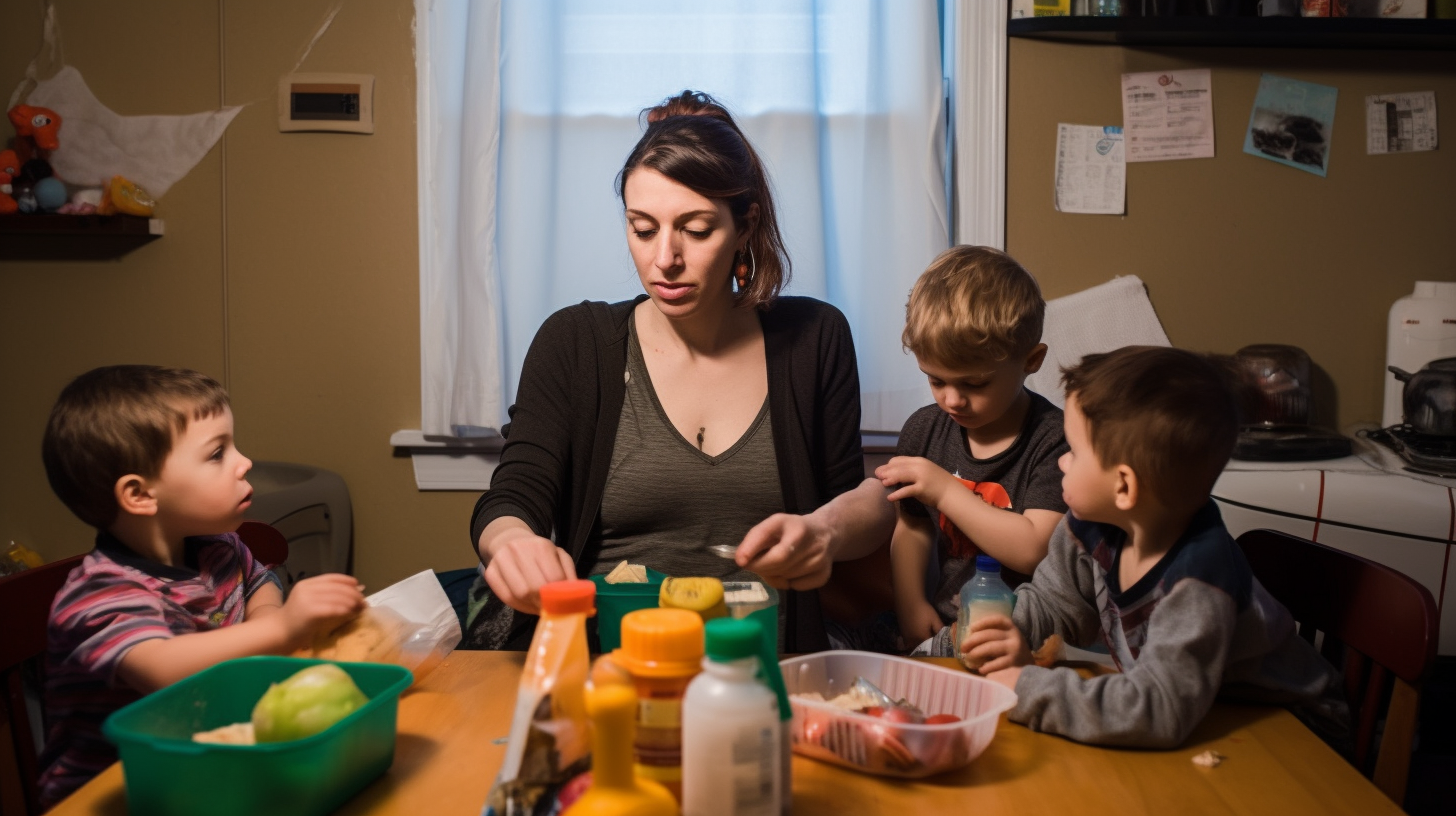Effective Strategies for Streamlining Co-Parenting Responsibilities
Co-parenting is a challenging task that requires a lot of patience, communication, and compromise. It can be stressful and emotionally draining, especially if you’re going through a separation or divorce. However, by developing effective strategies for streamlining co-parenting responsibilities, you can make the process smoother and less overwhelming.
Step 1: Establish Clear Communication
The foundation of successful co-parenting is clear communication. Establishing open lines of communication with your co-parent is essential for ensuring that both parties are on the same page regarding parenting decisions. When communicating with your co-parent, it’s important to:
- Be respectful and courteous in your interactions
- Listen actively to what your co-parent has to say
- Avoid blaming or criticizing your ex-partner
- Use “I” statements instead of “you” statements to express your feelings
- Avoid discussing contentious issues via text or email as tone can easily be misinterpreted
By establishing clear communication with your co-parent, you can avoid misunderstandings and ensure that both parties are aware of the expectations regarding parenting roles and responsibilities.
Step 2: Develop a Parenting Plan
A parenting plan is a written agreement between co-parents that outlines how they will share parenting responsibilities. The plan should address issues such as child custody arrangements, visitation schedules, decision-making authority, and child support payments.
The process of developing a parenting plan can be challenging, but it’s worth putting in the effort to ensure that both parties are on the same page regarding their responsibilities. Here are some tips for developing an effective parenting plan:
- Involve a mediator or family counselor to assist in the process
- Be open to compromise and negotiation
- Ensure that the plan is in the best interests of the child
- Be specific and detailed in outlining parenting responsibilities
- Include contingencies for potential changes or conflicts
By developing a comprehensive parenting plan, you can reduce confusion and conflict, and ensure that both parents are aware of their roles and responsibilities.
Step 3: Attend Parenting Classes or Co-Parenting Counseling
Attending parenting classes or co-parenting counseling can be an effective way to improve communication, reduce conflict, and develop effective co-parenting strategies. These resources offer a safe space for co-parents to discuss their concerns, work through conflicts, and develop practical solutions to challenges they may be facing.
Parenting classes cover a range of topics related to child development, discipline, communication skills, and stress management. These classes can help co-parents develop a better understanding of their child’s needs and how to meet them effectively. They can also provide practical tips for managing challenging behaviors and promoting positive parent-child relationships.
Co-parenting counseling is specifically designed for parents who are going through a separation or divorce. These sessions focus on improving communication skills, reducing conflict, and developing effective co-parenting strategies. Counseling sessions may involve individual sessions with each parent as well as joint sessions with both parents present.
Step 4: Consider Parallel Parenting or Family Therapy
If communication between co-parents is particularly difficult or contentious, parallel parenting or family therapy may be an appropriate option. Parallel parenting involves each parent taking responsibility for specific aspects of the child’s life without significant interaction with the other parent. This approach works well when communication is difficult or when there are high levels of conflict between co-parents.
Family therapy involves working with a trained therapist to address family dynamics, communication, and conflict resolution. Family therapy sessions can help co-parents develop more effective communication skills and work through challenging emotions related to the separation or divorce.
Step 5: Prioritize Your Child’s Needs
At the heart of effective co-parenting is a shared commitment to putting the needs of the child first. This means prioritizing your child’s emotional and physical well-being above your own needs or desires. Here are some tips for keeping your child’s needs front and center:
- Avoid bad-mouthing your co-parent in front of your child
- Be flexible and accommodating regarding visitation schedules
- Encourage regular communication between your child and their other parent
- Avoid involving your child in conflicts or disputes with your co-parent
- Seek professional help if you notice any signs of emotional distress in your child
By prioritizing your child’s needs, you can create a safe and stable environment for them to thrive in, even in the midst of challenging circumstances.
Conclusion
Co-parenting can be a complex and challenging process, but it doesn’t have to be overwhelming. By following these effective strategies for streamlining co-parenting responsibilities, you can reduce conflict, improve communication, and prioritize your child’s needs. Remember that successful co-parenting requires ongoing effort and commitment from both parties. By working together and seeking out professional resources when needed, you can create a positive co-parenting experience that supports the healthy development of your child.




